 "QUANTUM SHOT" #340
"QUANTUM SHOT" #340link
Loud, Obnoxious, Steam-powered Geek-Dreams on Wheels
Not always detailed in brass, but nearly always surrounded by clouds of noxious steam (which adds to the mystery), these Victorian monster transports could seat many passengers in (dubious) style - but more importantly, they were not confined to rails and could go anywhere. Today, you can rent them for your next romantic outing, but don't forget to supply your date with good goggles.
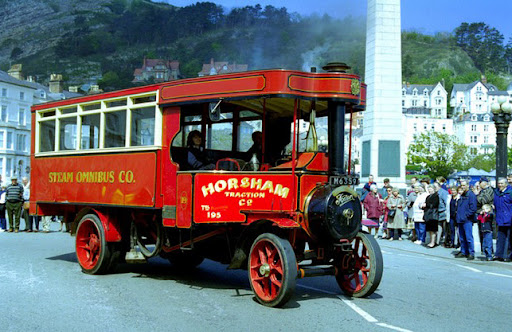
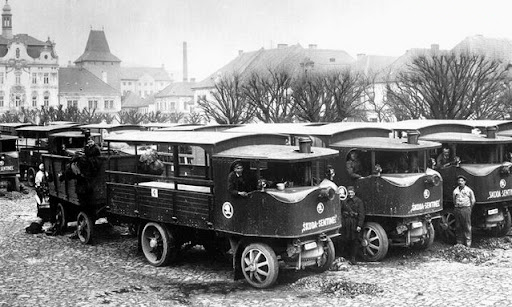
(image credit: ImageStudio)
First, One Modern Example
This bus took 10 years to build: Sentinel Typhoo is made from various tractor parts and powered by 100 horse power locomotive steam engine. This is already more than a tractor, less than a train, and exactly a bus - a moving, "breathing" hybrid machine.
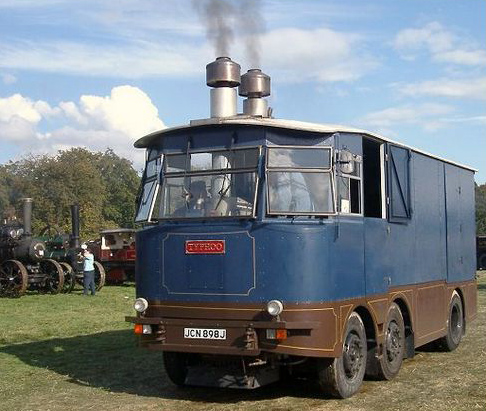
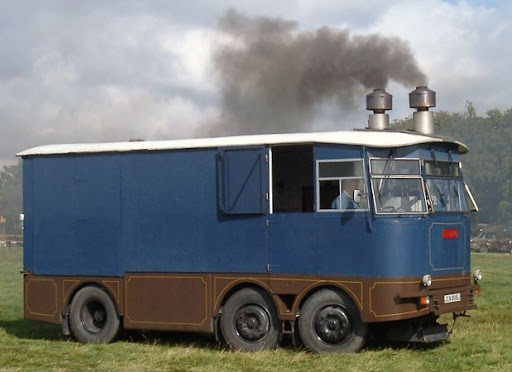

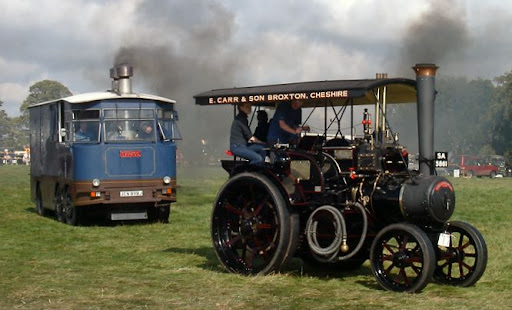
(images credit: lord-k)
Steam Bus History Highlights
(based on material provided by Lord_K)
Perhaps the first in the noble line of steam transportation was this 1853 Dudgeon Steam Wagon:
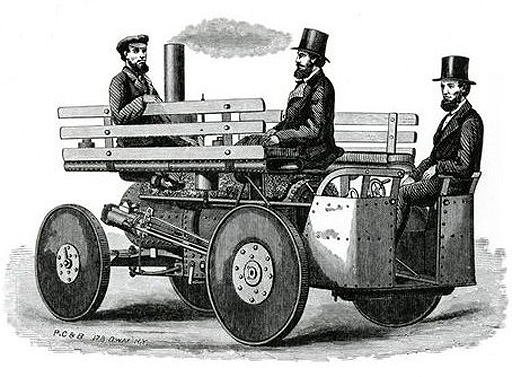
London Railroad employed steam buses to bring passengers to its stations:
(Torquay and Staffordshire, 1904-1907)
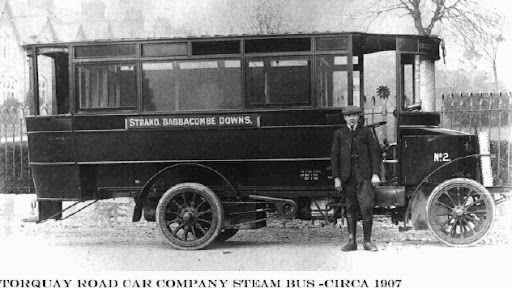
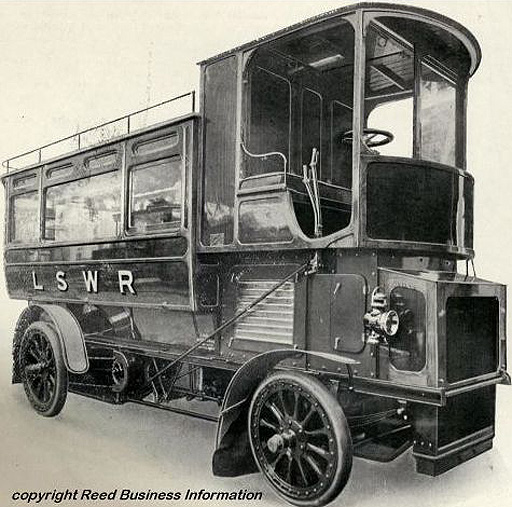
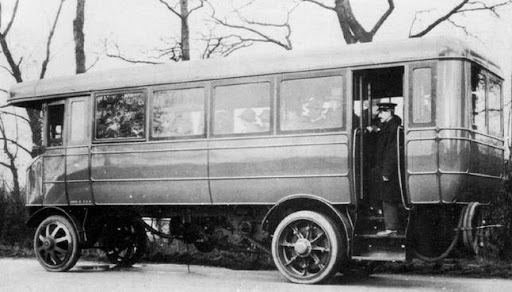
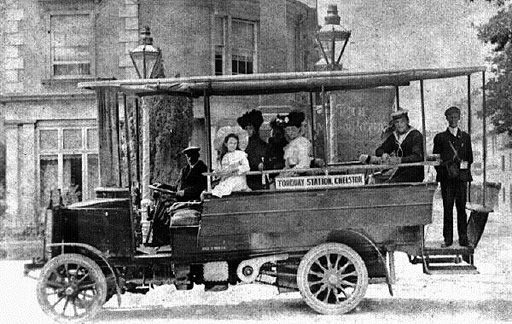
(images credit: Reed Business Information)
Steam regular bus transportation in Paris: De Dion, 1907 -
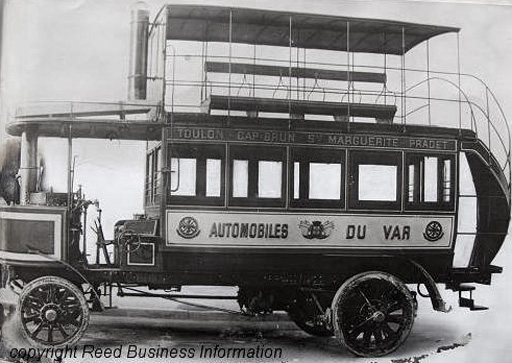
Steam buses started to appear in London (based at Victoria Station) in 1898, mainly as an experiment. There were made by De Dion and lasted whole 2 years on London streets. They did not enjoy immediate popularity (perhaps for their loud steamy nature). Here is a steam bus Foden made from the tractor chassis, in 1913 -
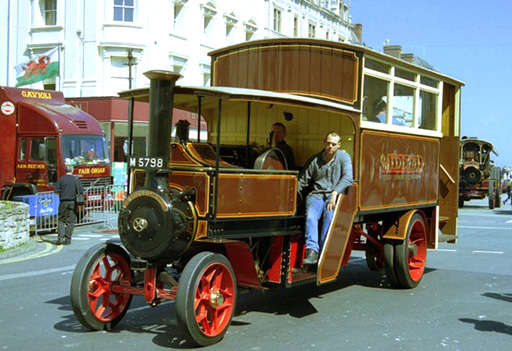
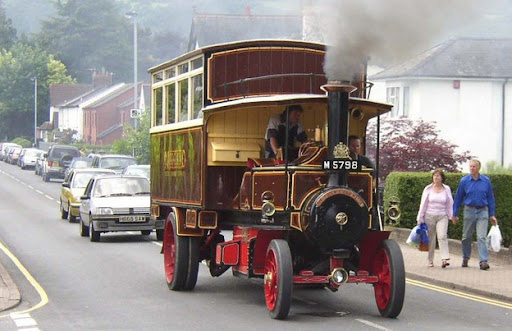
A couple of "Sentinel" steam buses, made as late as 1931:
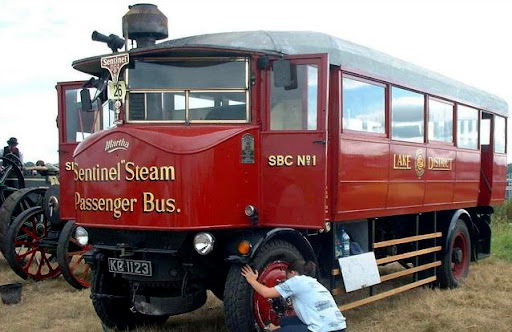
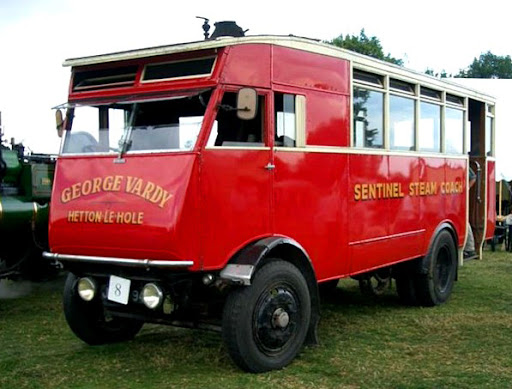
More modern steam bus conversion: "Old Glory":
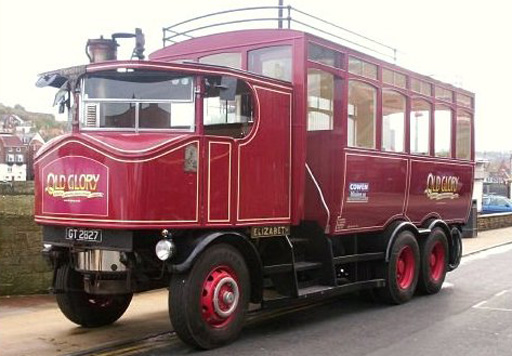
It was made from this steam truck "Sentinel DG-6" -
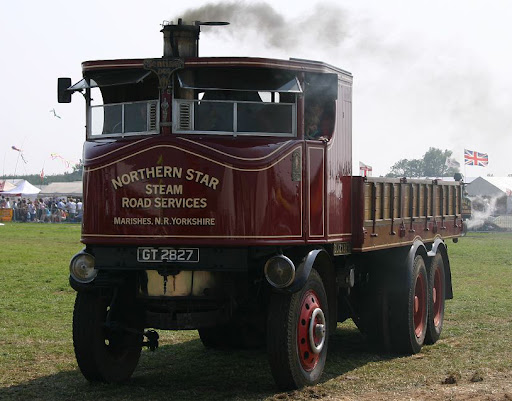
(image credit: sharpos-world)
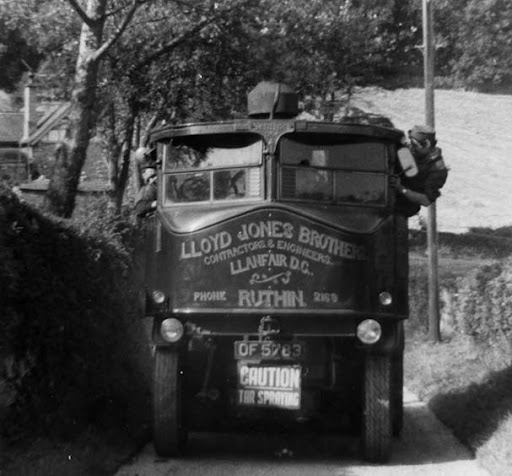
(image credit: James Powell)
which brings us to no-less-fascinating...
Steam Trucks: Big, Ugly (?) & Extinct
Sometimes called "locomobiles", they were produced in England as late as 1950, which certainly only shows the reluctance of engineers to abandon steam power as a viable means of on-road transportation. Starting in 1905, various models of steam-trucks, or "lorries" graced UK streets, not changing that much in appearance through the years:
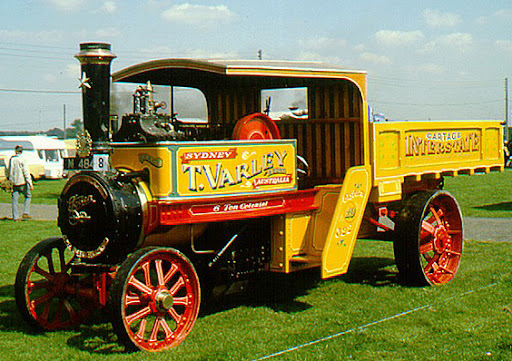
Foden Colonial Tipper, 1913
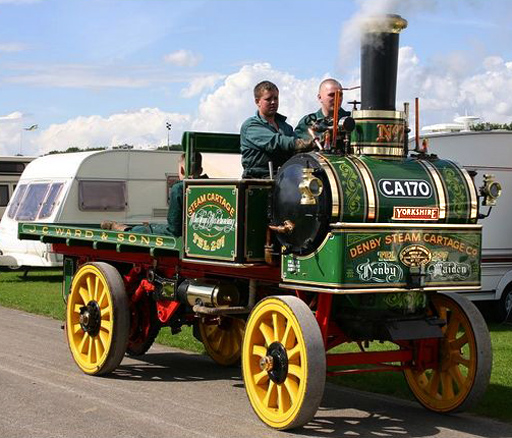
Yorkshire, 1905
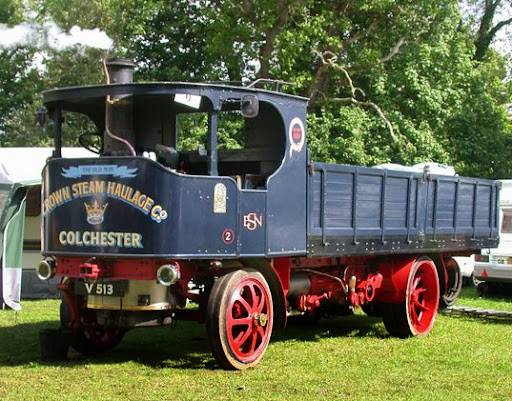
Sentinel Standard Wagon, 1916
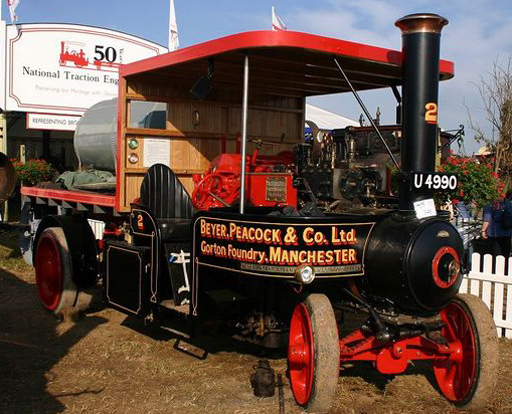
Mann Wagon, 1919
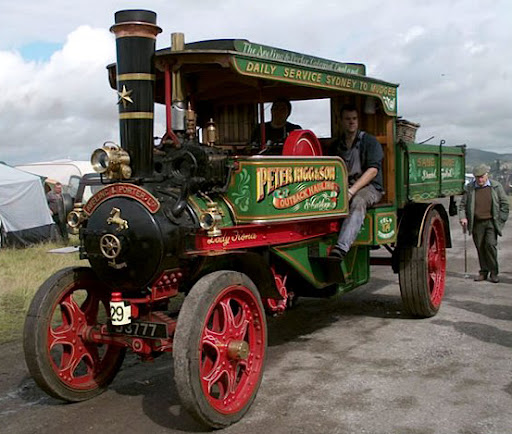
Aveling & Porter Lady Fiona, 1922
(images credit: steamscenes.org.uk)
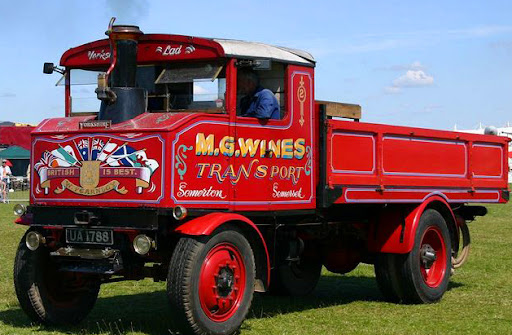
Yorkshire, 1927
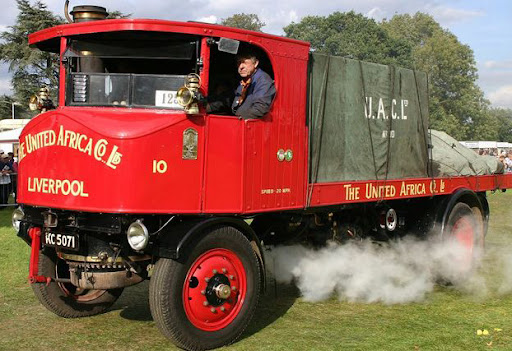
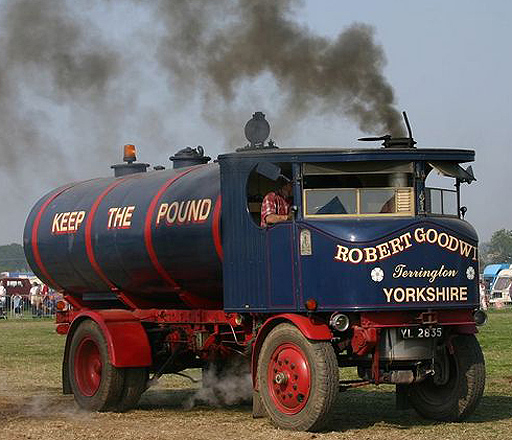
Sentinel Super Waggon, 1924

Sentinel DG, 1929

Sentinel DB4, 1930
Apparently, some of the "Sentinel" trucks were capable of doing 100 km/h and had up to 200 h.p.
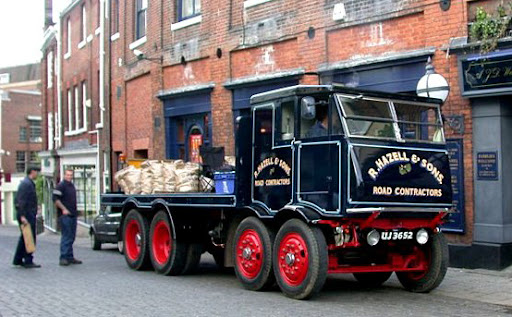
Many steam trucks had brewery logos painted on their front and sides, as they were widely used for TRANSPORTING BEER. Somehow I love this little detail in their history.
They looked pretty impressive on a foggy highway, early in the morning:
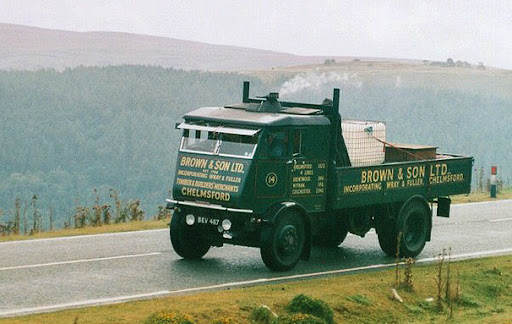
Steam-powered tractors:
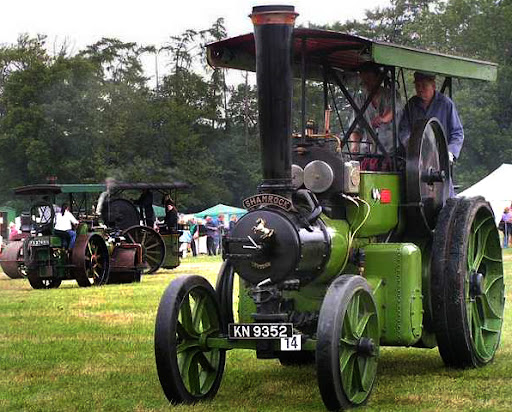
Aveling and Porter Shamrock, 1922
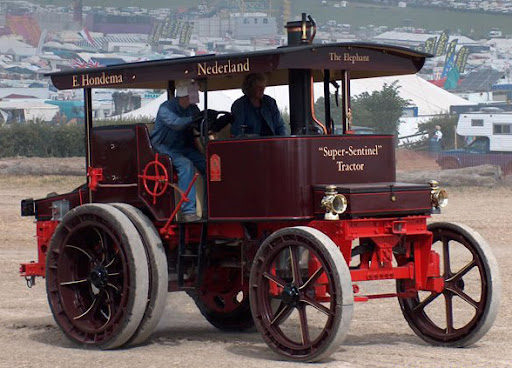
Sentinel Tractor Elephant 1924
(image credit: Steam Scenes)
Road Locomotives
These were pretty curious beasts: wheeled vehicles with a locomotive steam engine. They're also called "Showman's Engines", because they often pulled behind them circus attractions, and once stationary, became a source of power for traveling fairs and carnivals.
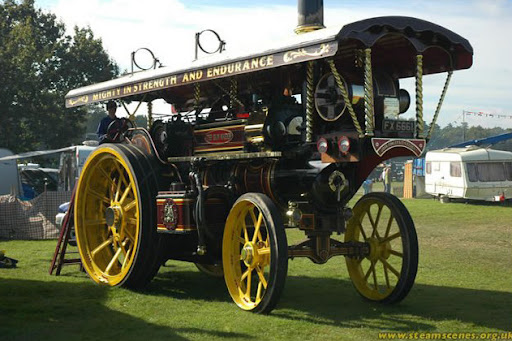
Fowler Iron Maiden, 1920
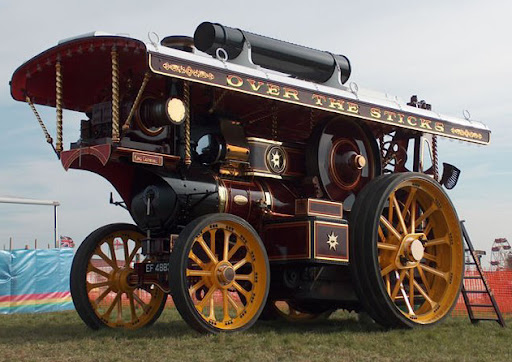
Fowler King Carnival II, 1932
(images credit: Steam Scenes)
Antique Wrecks
Accidents from 100 years ago:


(image credit: ImageStudio)
Driving these vehicles was a piece-of-cake. All you had to do was watch for a stray chicken, be careful not to "run out of steam", and not to break the government-imposed maximum speed limit: (in some cases) the scorching 5 miles an hour!
(Based on the material & research of Lord_K and Svyatozar Chernov, used by permission.)
CONTINUE TO NEXT PART! ->
Permanent Link...

Category: Vintage,Auto
Dark Roasted Blend's Photography Gear Picks:








0 comments:
Post a Comment